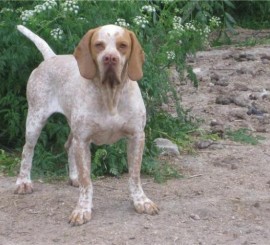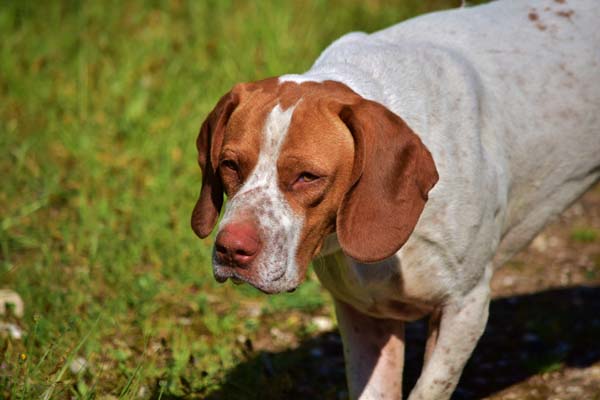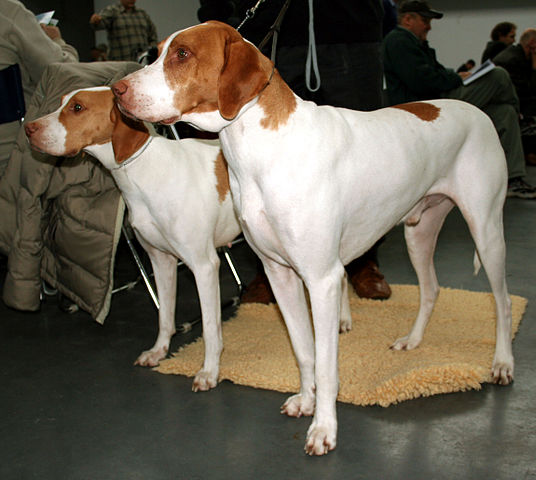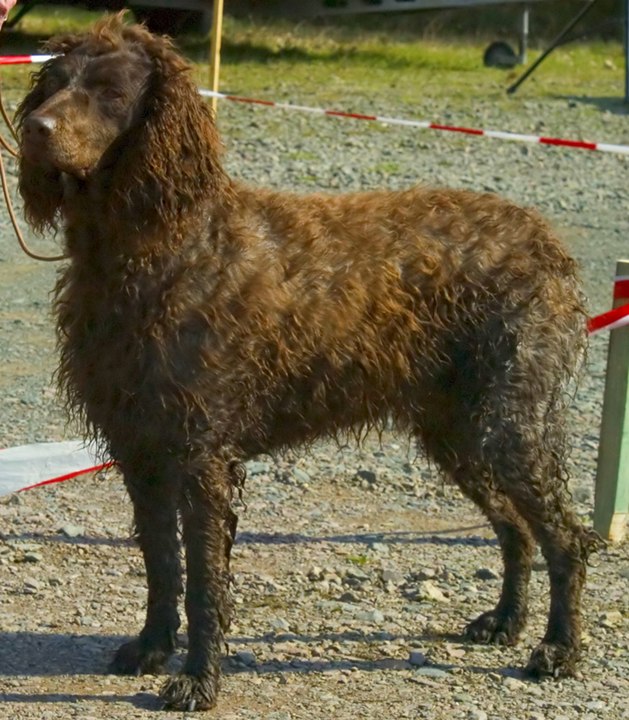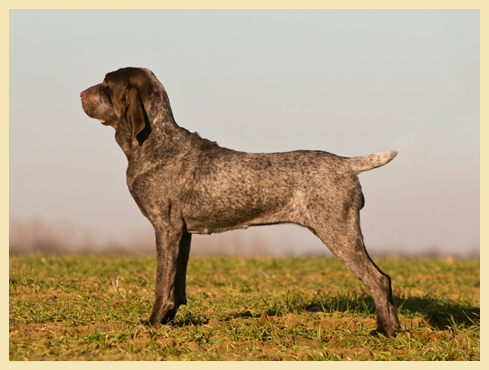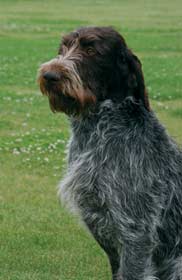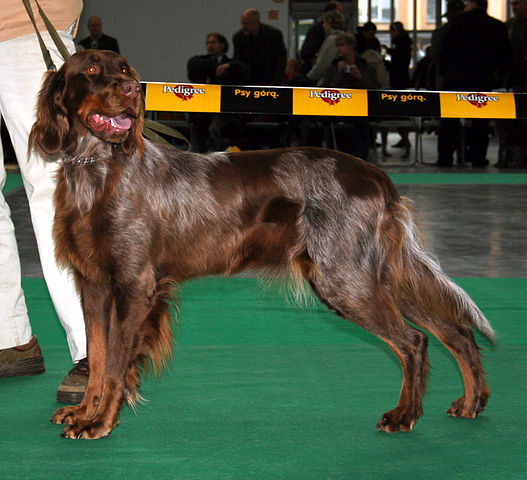The Saint-Usuge Spaniel is an ancient French breed created to hunt feathered game such as woodcock and waterfowl in all sorts of different terrain. Originating in the 16th century, he almost (but not quite) went extinct by the end of World War 2. Thankfully he was single-handedly brought back from the brink by a young priest – Father Robert Billardin, in the mid-1900’s. While still very rare and recognized only by the Societe Centrale Canine, there are fanciers of the breed in various parts of the world working on the breed’s continued revival and a parent club was created for the breed in 1990. Those “in the know” state that this is a very loving and affectionate breed with a wonderful balanced temperament.
The Usuge is easy to train and quite intelligent, often taking very well to obedience. Unlike many breeds created to hunt, they aren’t nearly as distractable when confronted with prey animals and are easier to be train to a strong recall. Most have a strong desire to please although can be on the sensitive side so it’s up to the owner to make sure not to push them harder than they can handle. With only a little bit of work, this spaniel learns manners very easily!
The standard of the Saint-Usuge states that he should have a balanced, elegant appearance. The breed can be recognized by his slightly domed skull, round eyes, hanging ears covered in flowing hair and his always-brown and white coloration. He has a long feathered tail, a medium-sized muscular body and his coat is medium-length, silky and slightly wavy with shorter hair on the head and front of legs. All puppies are said to be born with a white star on their foreheads which may or may not disappear in adulthood.
Usuge Spaniels do best in homes with at least a moderate sized yard so that they can run around and stretch their legs, but can live in a smaller home or even an apartment as long as they are given regular exercise. They are always game for hiking or jogging excursions with their owners, but will also do well with just a good daily walk. They love being taken on hunting trips and make excellent dual-purpose (hunting and companion) dogs! Natural companions, they are gentle and fit in well in households with children and other pets alike – with the exception of pet birds for obvious reasons! This people-loving and docile breed often wants nothing more than to follow “their people” around from room to room, and as such this velcro dog isn’t prone to wandering off.
The Saint-Usuge Spaniel is always up for playing games and being silly and, being a water-lover, especially loves any games involving H2O! He won’t mind making a fool of himself whether romping in the yard with kids or relaxing on the couch in his favorite position. He’s a happy-go-lucky spaniel that enjoys getting all out of life that he can! When it comes time to hunt he’ll put on his courageous face and will rush head-first into that as well. While he can be hard to find in the United States, this is a top-notch breed for a novice owner or experienced hunter alike.
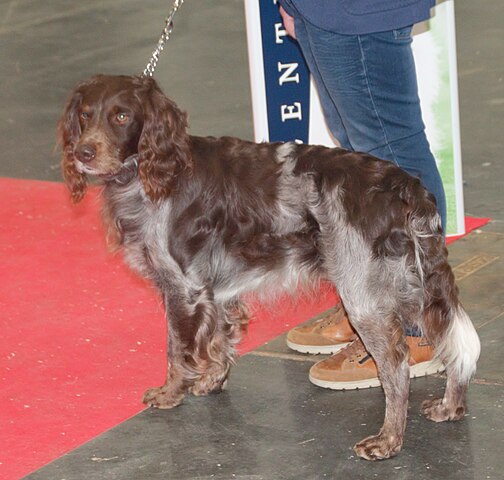
Photo By Canarian

